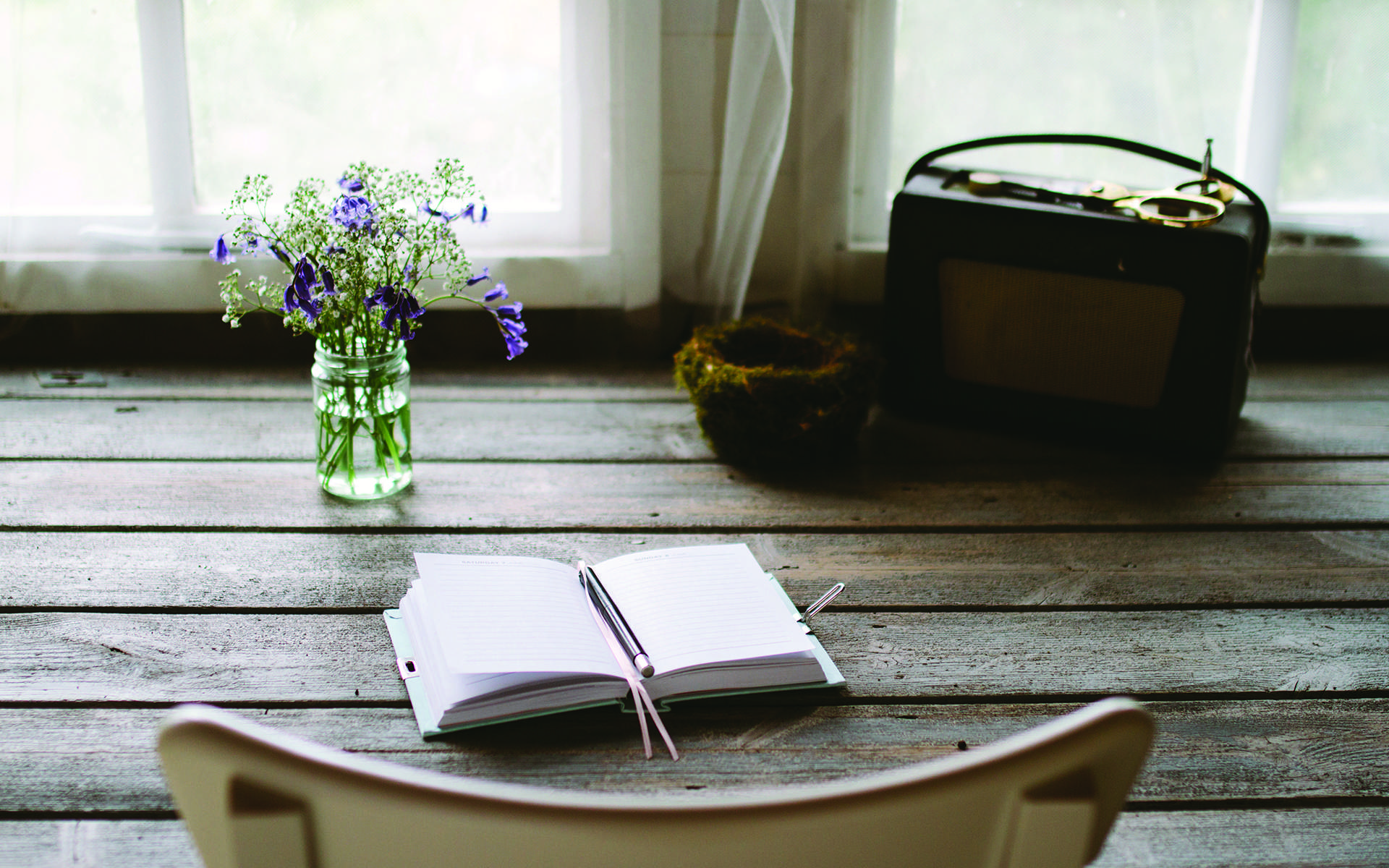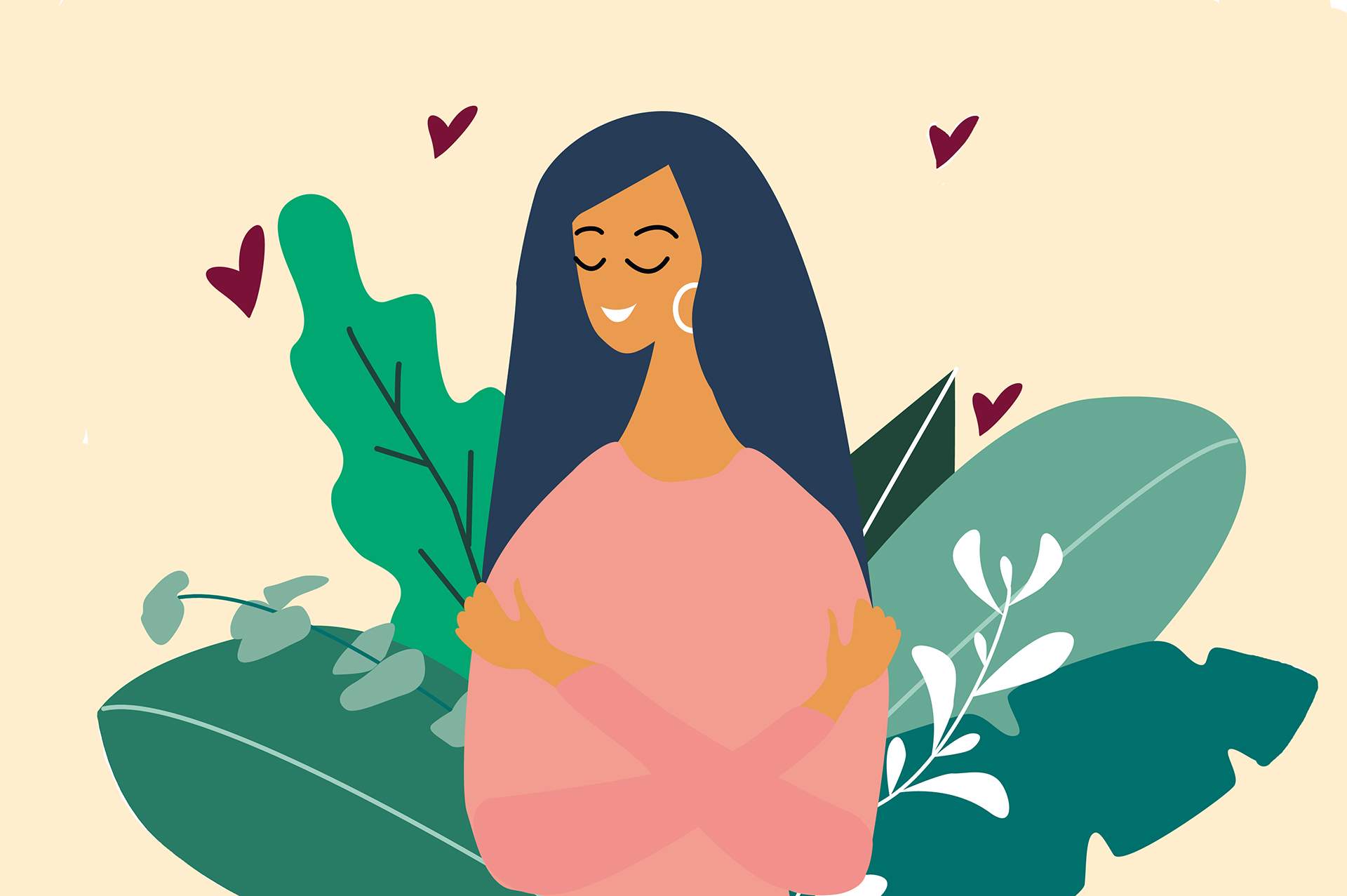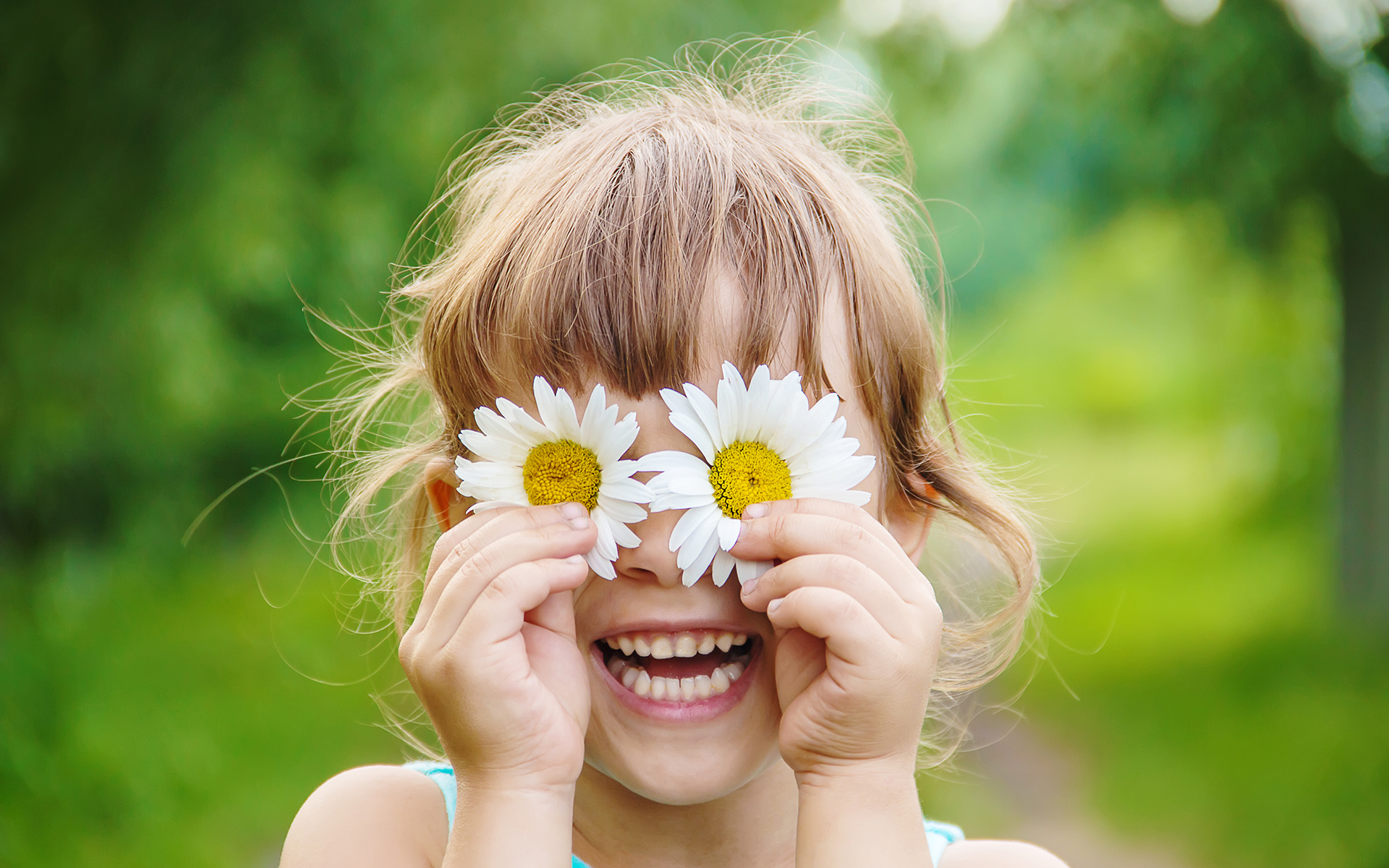Canadian poet Tanya Davis recently put out a new videopoem in collaboration with filmmaker Andrea Dorfman: How to Be At Home. Coming a decade after Davis’s and Dorfman’s award-winning piece How to Be Alone, this more recent adaptation feels just right for these days of quarantine and almost bottomless uncertainty. Her poetry feels so here-and-now that it’s easy to imagine it’s written just for us. Her softly insistent voice is not only deeply soothing, but she offers us sound advice and a boatful of compassion as we live through these stormy times together—even while social distancing.
How to Be at Home
Here are just a few snippets of the poetic wisdom that Davis’s poem offers:
1. Go Inward
Right from the start of the poem, Davis doesn’t mince words in addressing the perennial challenge of coping with anxious and fearful thoughts. “If you are, at first, really f*cking anxious, just wait. It’ll get worse. And then you’ll get the hang of it.” Our emotions are a journey, and no matter how bad we feel one moment, we can know they’ll always change. Sometimes, keeping ourselves busy is the best thing to do: “Maybe you can try to do yoga. You can shut off the radio when it gets to you. You can message your family or your friends or your colleagues.”
But at some point, she notes, we will need to sit alone with those difficult emotions, and here, a contemplative practice can help: “There’s prayer and meditation, yes, always employ it. If you have pains in your chest because your anxiety won’t rest, take a moment, take a breath. Start simple.” By learning to meditate, we can find our center even in unpredictable times.
2. Care for Your Body
It can be so hard to simply take care of our bodies when all around us feels overwhelming, but Davis suggests taking it just one step at a time. Just making ourselves one good meal is an act of self-love. “When you’re tired, again, of still being alone, make yourself a dinner, but don’t invite anybody over. Put something green in it, or maybe orange.” And, she gives a gentle reminder that, while they’re at least easy, it’s best not to rely on snacks that lack nutritional substance. “Chips are fine sometimes, but they won’t keep you charged. Feed your heart.”
“If people are your nourishment, I get you. Feel the feelings that undo you while you have to keep apart.”
Of course, food isn’t all that we as humans need to stay healthy. Davis empathetically recognizes our physical need for closeness, touch, and affection: “If people are your nourishment, I get you. Feel the feelings that undo you while you have to keep apart.” When we can’t reach out and hug someone we care about, we may still find some comfort in sending them loving-kindness.
3. Reclaim Your Joy (but feel the sadness, too)
Whether we felt most at home when out at bustling social events, or with a small group of friends playing board games, we can create socially-distanced ways to recapture those feelings of happiness and social acceptance. Davis gives the example of having a solo dance party to shake your loneliness off: “Set yourself up dancing, like it’s a club where everybody knows you, and they’re gonna hold you all night long. They’re gonna dance around you and with you and on their own, it’s your favorite song with the hardest base and the cathartic drums, your heart pumps hard. You belong.”
But it’s okay to feel the pain of loss, too—loss of what felt normal and comforting, especially because we don’t know when we’ll be able to experience that again. “The truth is, you can’t go dancing, not right now. Not at any club or party in any town. And the heartbreak of this astounds you.” While it doesn’t help to dwell too long in this sadness, she says, it’s good to touch in with it and acknowledge it’s there, alongside the moments of joy.
4. Savor life and our interconnectedness
Davis then shifts from relating to our inner world to focusing on the bigger picture and what we can still count on. She reflects on the web of living beings that all of us are a part of: “Go outside, if you’re able. Breathe the air. There are trees for hugging, don’t be embarrassed. It’s your friend, it’s your mother, it’s your new crush. Lay your cheek against the bark, it’s a living thing to touch.” The aliveness of the tree connects us to the love of those we are missing. She also reminds us that while we can’t have physical closeness with most people, this is an opportunity to listen deeply when we’re talking with a friend or neighbor. “Savor the depths of your conversations, the layers of comfort in this strange place and time,” she says.
“Lean in to loneliness and know you’re not alone in it. Lean in to loneliness, like it is holding you.”
And, paradoxically, the feeling of being lonely also points to its opposite: our inherent connectedness to everything. How much can we lean in to that? “Lean in to loneliness and know you’re not alone in it. Lean in to loneliness, like it is holding you.” Embrace it, she seems to say, just like a child might hug a tree—without self-consciousness or judgment; just be with it, be open to what it’s really like. Even this time of being at home may be revealed to have a warmth to it that we never expected.
read more
How to Start a Mindful Journaling Practice
Writing mindfully can loosen the grip of sticky emotions by bringing them out of the dark. With just a pen and paper, or an app, we can create the habit of being there for ourselves.
Read More
The GRACE Practice: A Moment to Engage in Self-Care
Follow this 12-minute guided meditation to gather your attention and consider what would really serve you, your self-care, and your capacity for resilience.
Read More
3 Simple Ways to Cultivate Joy Every Day
Follow these three mindful steps to bring small, good moments into your awareness, cultivating joy and gratitude.
Read More











